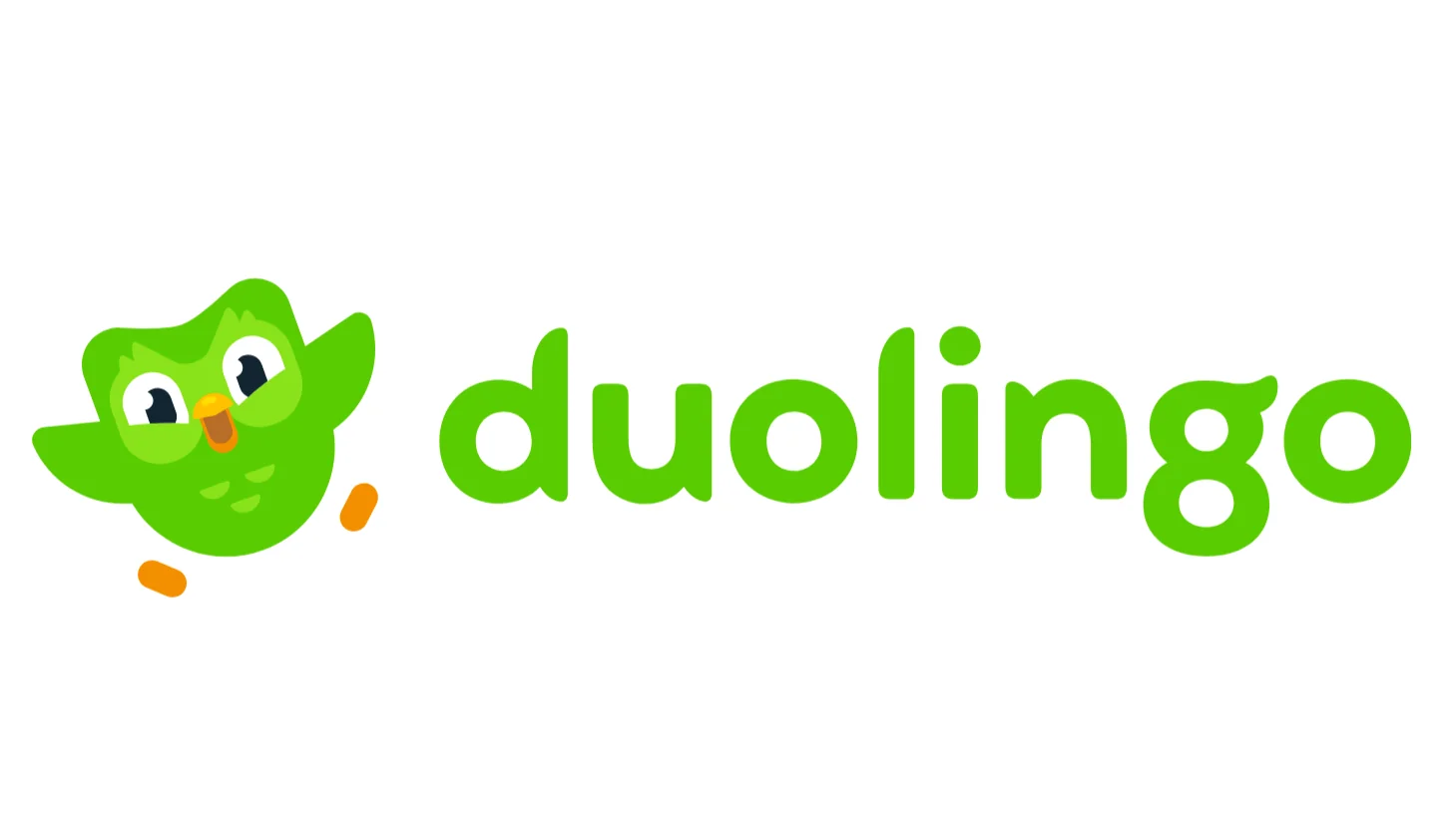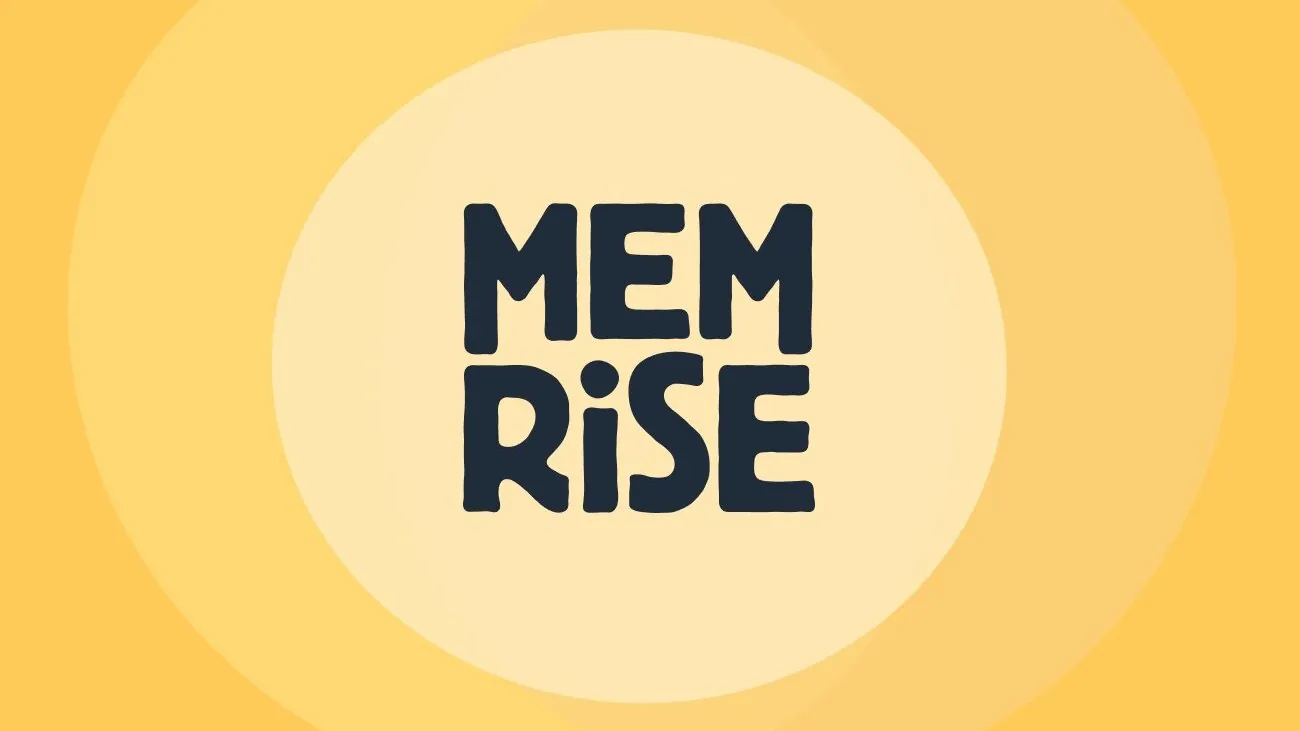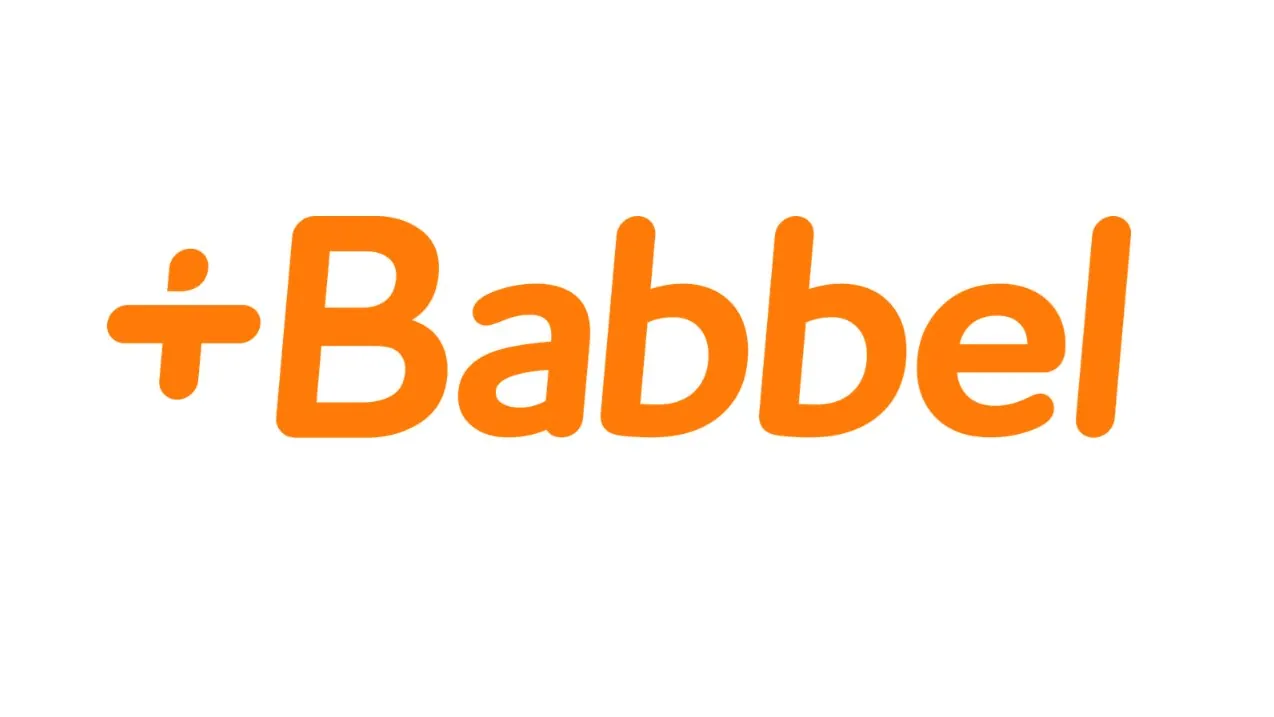Are you learning a foreign language and would like to know which learning app is worth trying? We have compared the five popular apps and pointed out their leading features. Let’s read all about them so you can pick the one that fits you the best!
Duolingo

Duolingo is one of the most commonly used language apps. The main motto is “free. fun. effective”. Its environment focuses on a playful approach so you feel more like you are playing a game instead of experiencing boredom while learning. You can find game-like features, fun challenges, and reminders from their mascot, Duo the owl.
This app offers more than 40 languages and there are sets of lessons designed for every level of language proficiency. Through their program Duolingo ABC, even kids aged 3–8 can learn to read and write.
DuoCards

DuoCards is a language app, or rather a vocabulary builder, using the flashcards method. The main feature that makes the app unique is that it can be used as a translator, but the new words can be saved as flashcards. The app uses a space repetition technique so flashcards can be revised repeatedly until the user learns them.
It includes more than 100 languages and offers pre-made sets of cards and courses. You can also learn your words by automatic listening (while driving or cooking) or save the unknown word directly via a browser extension to your library. There is also a library with articles and videos with subtitles and a user can translate any word from the text and save it as a flashcard. You will be guided on your journey by the mammoth Memo.
Memrise

If your main goal is to really start speaking and maybe prepare yourself for foreign travels, then Memrise is a choice for you. It includes lessons with videos with native speakers. You can then adapt to different types of accents and also catch some commonly used phrases. There is also a pronunciation mode which gives feedback on your speech.
Memrise offers official language courses that are structured into Scenarios, which group lessons by practical topics such as “at the hotel” or “shopping.” There is also used spaced repetition to review vocabulary at optimal intervals. The app provides different review modes, such as standard review sessions, “Difficult Words” for targeted practice, and a “Speed Review” game for quick recall. You can learn about 35 languages.
Busuu

Busuu is a language app that can really simulate a real school experience. There are designed learning courses with lessons that include grammar, vocabulary, writing and pronunciation. The spaced repetition system is applied as well. There is a global community of learners, so you can gain cultural insights and exchange local language tips.
With Busuu you can learn 14 languages, so the selection is not too broad, but it covers all the main world languages. We would recommend this app if you are a beginner or an intermediate and are looking for a complex learning system.
Babbel

Babbel is designed for learners who prefer a structured and academic approach to language study. Its courses are created by professional linguists and cover grammar, vocabulary, listening, speaking, and cultural insights. Lessons are short and practical, often taking around 10–15 minutes. The app focuses on real-life dialogues.
Babbel currently offers 14 languages. We recommend this app if you are a beginner or intermediate learner who likes to see their improvements through progress trackers and handy visualizations.
So which one do you pick?
Whichever app caught your eye we hope it will fit your needs and help you improve your language skills! Good luck with your progress!
Jana is in charge of Customer Support at DuoCards, so she’s usually the one you’ll be in touch with. She holds a Master’s degree in Czech language and literature, which gave her a solid foundation in linguistics and language learning. Over the course of her career, she gained experience in coding websites and managing social media.
When she’s not helping you solve an issue in the app, you can find her hanging upside down on an aerial hammock or with her hands in the soil, taking care of her collection of around 80 houseplants.



